Microphone Shootout: Small Diaphragm Condensers under $200
In the first of a new series, we compare several of the most widely used budget small-diaphragm condensers at Bristol’s Invada Studios to find out which stands tall as the best all-purpose microphone for guitar and vocal recording.
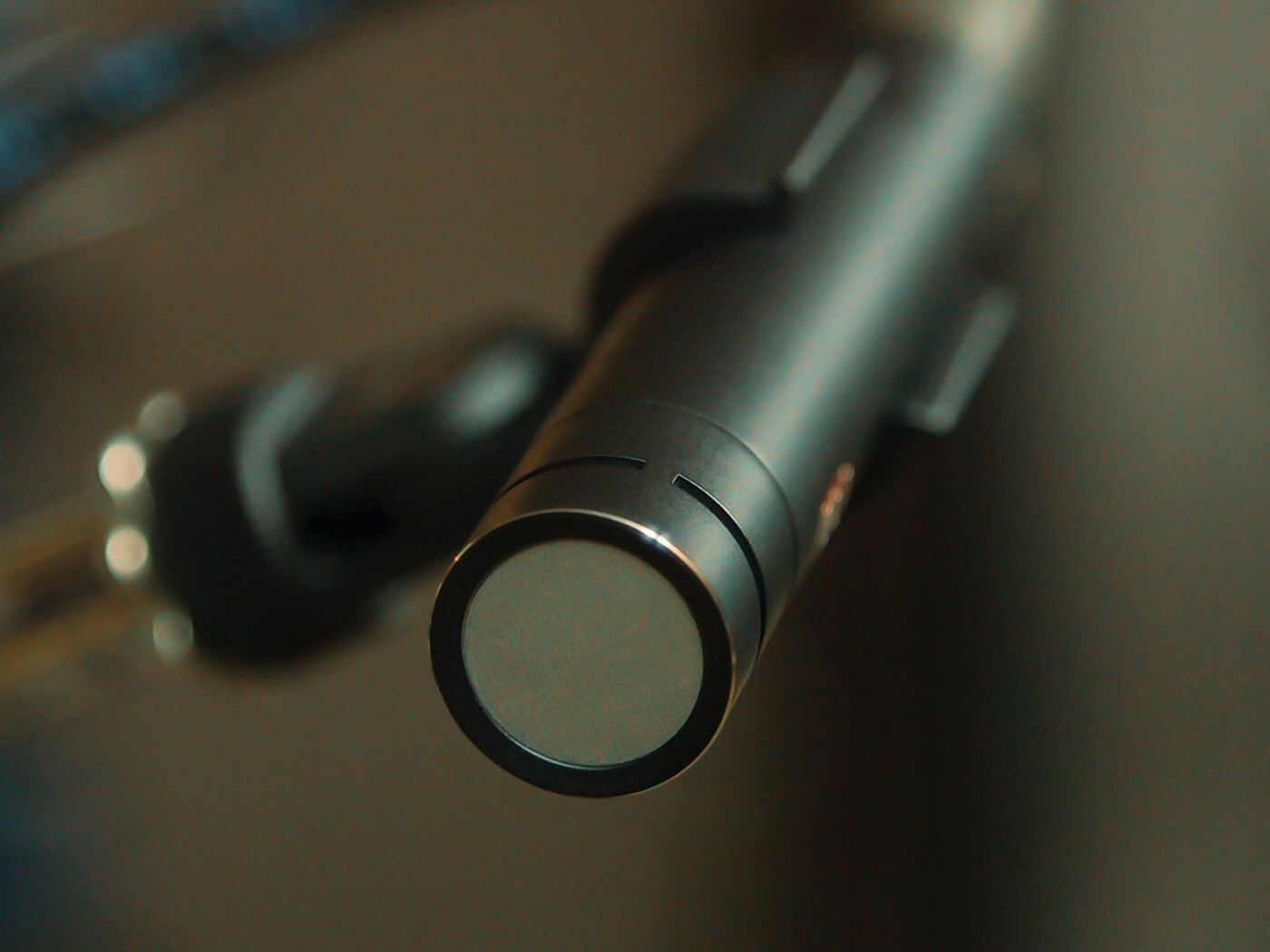
We’ve reviewed a great number of microphones over the years, so the thought of putting some of our faves head-to-head to compare and contrast them was one that we just had to make happen. Over the course of the next few months, we will work our way through all types of microphone at various price points to give you the best possible overview of what’s currently available, so you can confidently make the right mic purchase for yourself.
Our first instalment features four small-diaphragm condenser microphones at the low-budget end of the spectrum (all of which are under $200), with UK prices ranging from £135 to £152. As an ultimate point of reference, we compared these different microphones with our classic Neumann KM 84i, arguably the greatest small-diaphragm condenser mic of all time.
As we wanted to provide aural evidence of our findings, we decided to record a short piece on acoustic guitar (beautifully played by engineer James Trevascus) at Invada Studios. We tested all the mics in other ways too, however, as acoustic guitar is one of the most common instruments to be mic’d with small-diaphragm condensers, it seemed like the natural choice. Besides which, you really don’t need to hear any of us reciting poetry or – heaven forbid – singing.
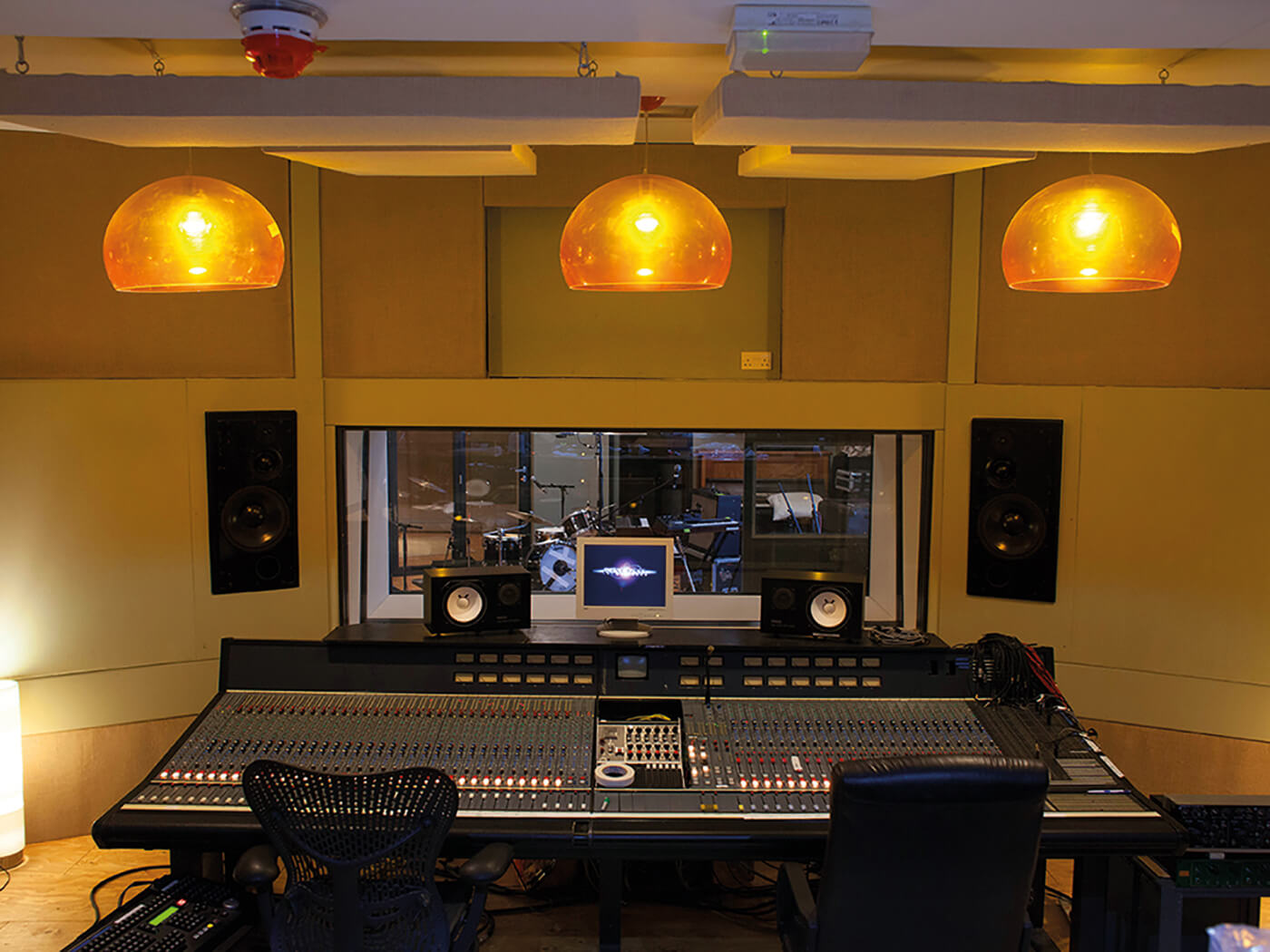
The first idea was to test each microphone – set up identically – in turn. We also adopted this method for the human voice and percussion tests. For the acoustic-guitar recording (included on the DVD which you can download here) however, I opted to set up the mics in close proximity to each other and record a single instrumental pass. That way, variations in performance, which might distract the ear from the character of the mics themselves, were avoided.
With the five mics (the four on test along with our reference KM 84i) tightly clustered, pointing towards the 12th fret of the guitar at a distance of around eight inches, we patch each into a channel of our late-1980s DDA AMR 24 analogue console. Recording levels were precisely matched to ensure excellent continuity and avoid the ‘louder is better’ phenomenon. No EQ, filtering or compression was applied to the recordings. However, we did experiment with EQ post-recording to establish how each mic might respond to audio sweetening in a mixing scenario. Now, it’s time to reveal our five contenders in order of price, starting with the least expensive.
The arsenal
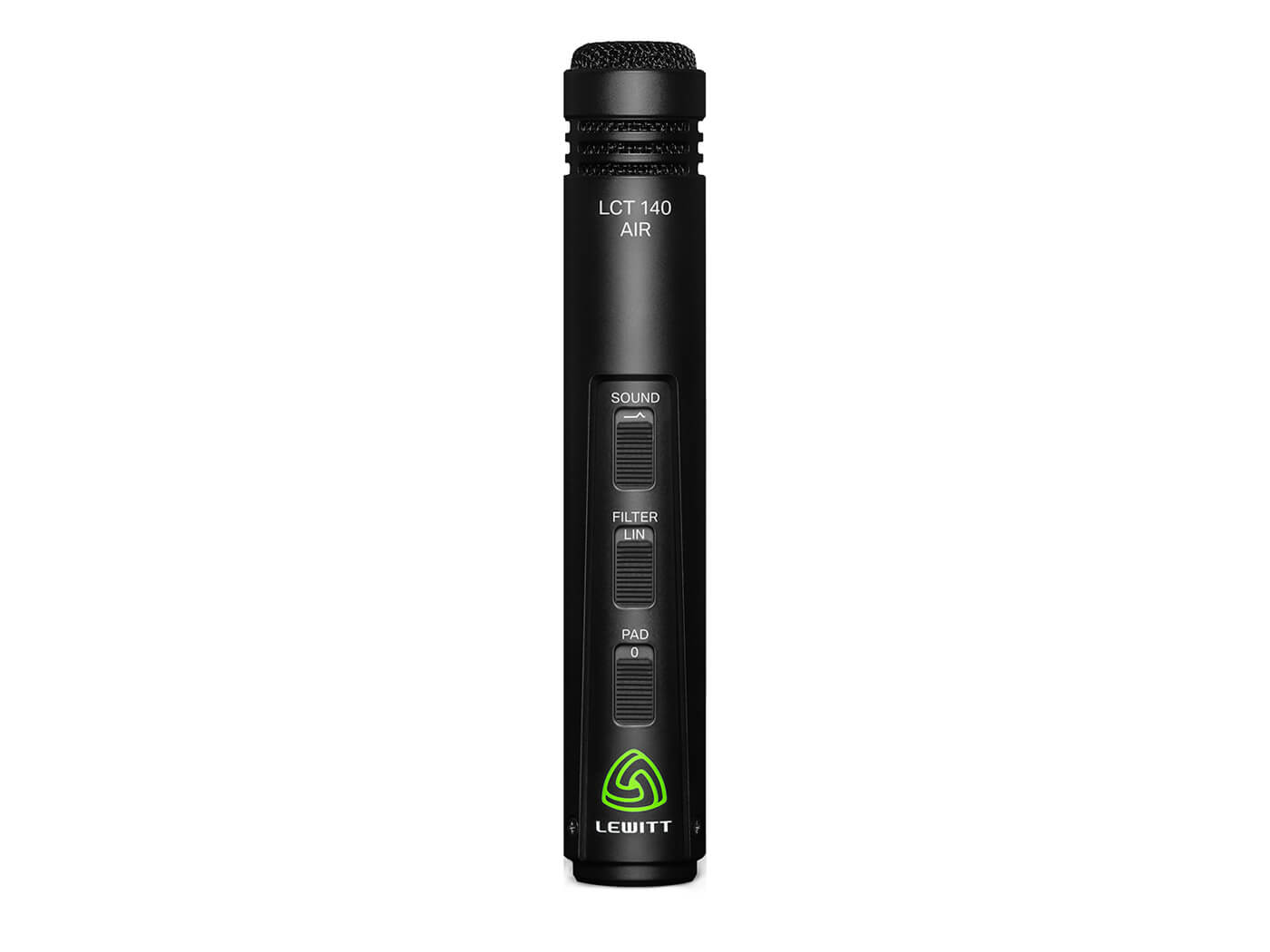
Lewitt LCT 140 Air £135
The Lewitt LCT 140 Air is a permanently polarised condenser microphone with a standard cardioid polar pattern. Its main point of interest is the Air switch which, when engaged, adds top-end sparkle. A pre-attenuation pad operates at -12dB, assisting the recording of louder instruments, while a low-cut filter at 80Hz is provided to eliminate rumble and create space in the low end. Equivalent noise level is 20dB (A), however signal-to-noise ratio isn’t quoted. The pressure-gradient transducer is 17mm and has been designed to offer excellent transient response and clarity. Lewitt recommend the mic for recording guitar, drums, strings and other acoustic instruments. Maximum SPL is 135dB. The LCT 140’s housing is CNC’d aluminium, designed to be robust yet lightweight and the XLR connectors are gold plated. A transport bag, mic clip and windshield are included in the package.
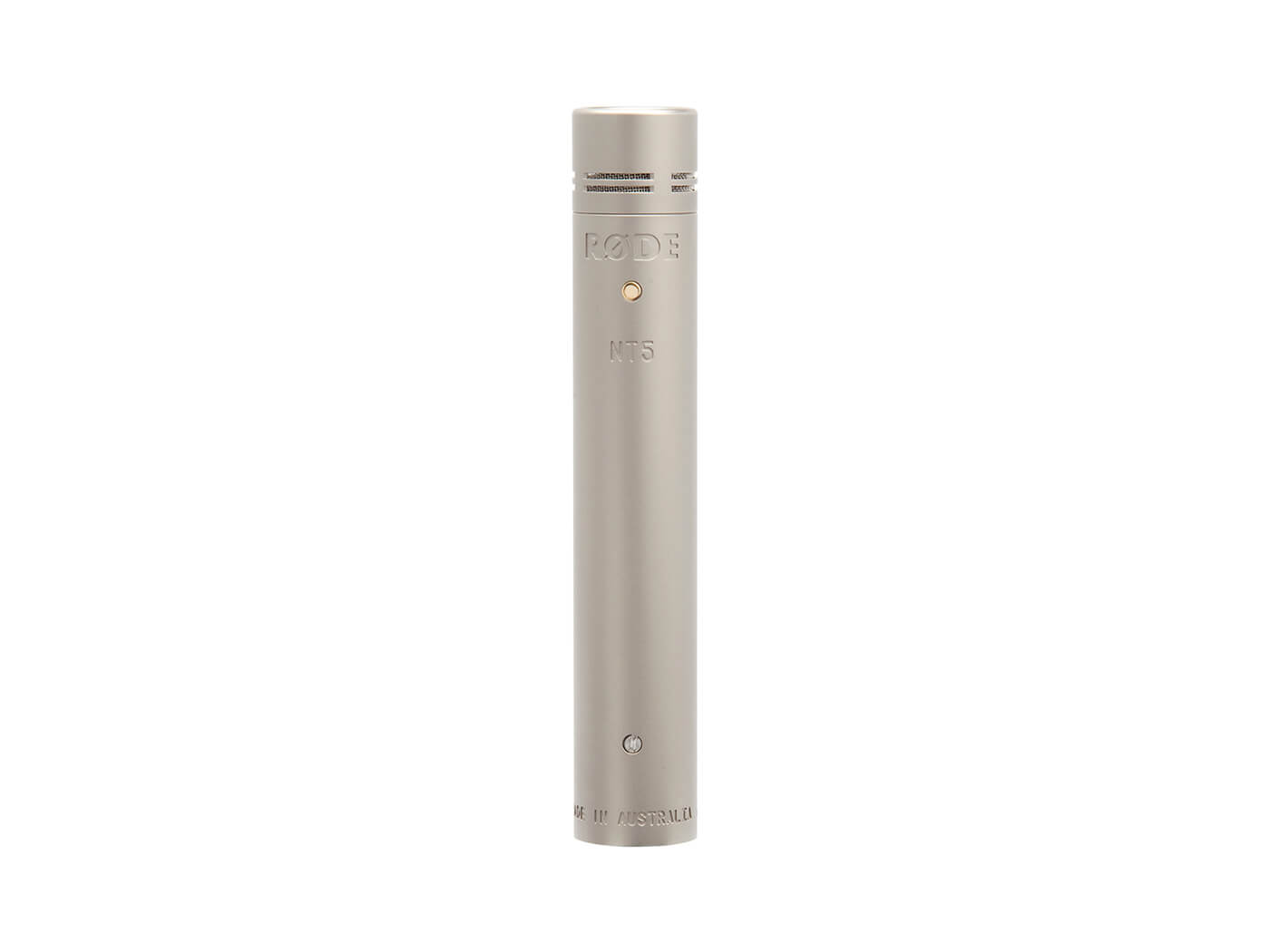
RØDE NT-5 £144
The RØDE NT-5 is an externally biased condenser type, which employs an active JFET impedance converter with bipolar output buffer; dynamic range is 128dB. A low-noise design with a quoted signal-to-noise ratio of 78dB, the A-weighted equivalent noise level is 16dBA. Its body features a durable, heavy-duty satin-nickel plating, to help it withstand the rigours of studio and live applications. The gold-sputtered capsule has a cardioid polar response, though an interchangeable omnidirectional capsule (NT45-O) is available as an optional extra. Eschewing any switch gear, the NT-5 doesn’t offer attenuation pads or high-pass filters, keeping the signal path pure and simple. The maximum SPL is 143dB.
A mic clip is included in the box, however and a few optional extras are available by way of a mic-stand/boom-pole shock mount, a camera shoe shock mount and a desktop mic stand. RØDE offers the NT-5 singly or as an acoustically matched stereo pair.
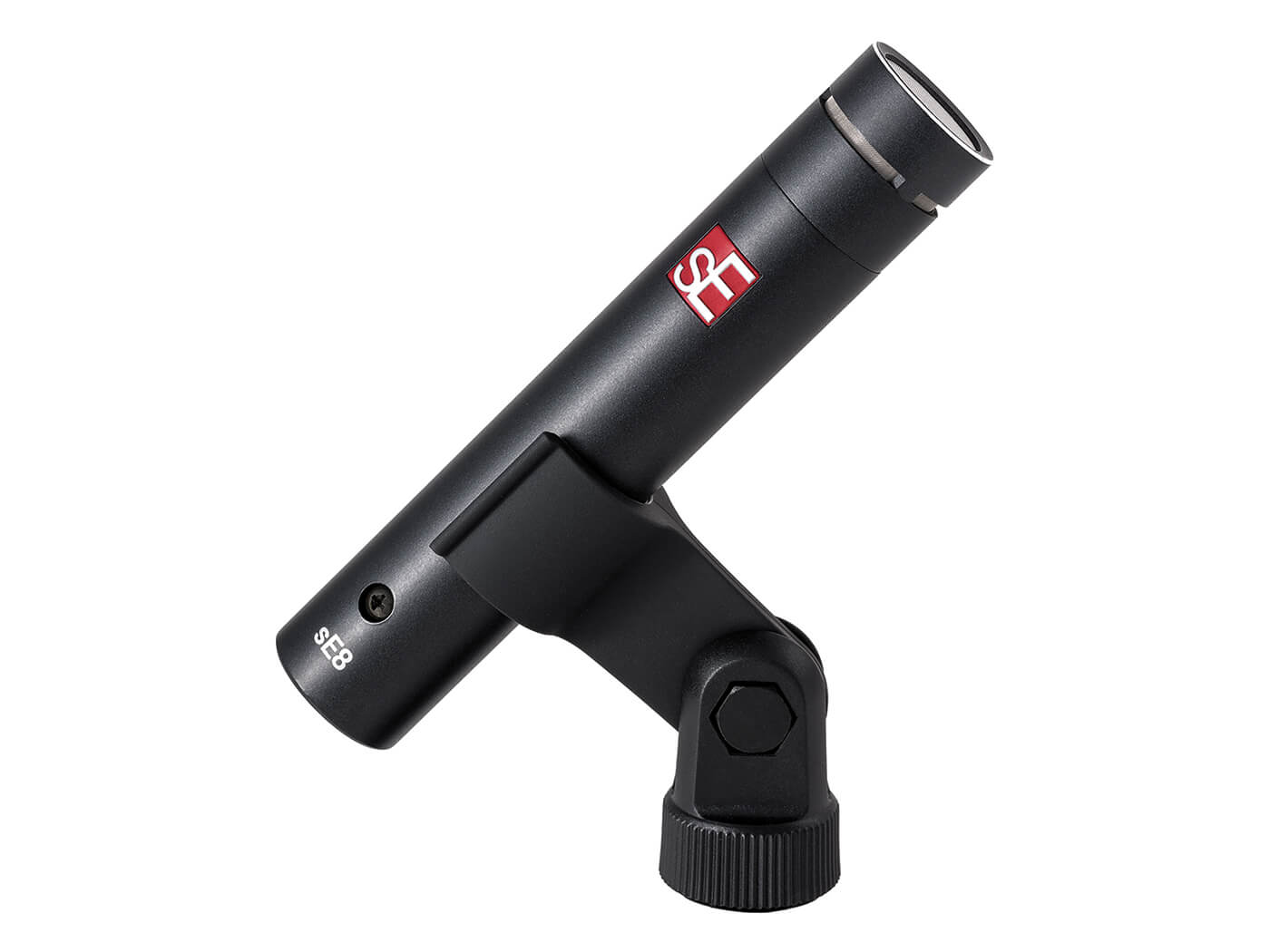
sE Microphones sE8 £149
The sE8 is a low-noise design, offering extremely quiet performance without the use of integrated circuits. The signal-to-noise ratio is quoted as 81dB, while equivalent noise is 13dB (A). Class A circuitry provides a dynamic range 126dB (set flat) without distortion. An ultra-thin three-micron gold-sputtered diaphragm is employed to produce a superior transient response and the backplate is optimised for a consistent off-axis response. There are two levels of attenuation padding on offer, -10dB and -20dB, enabling close mic’ing of louder sources such as snare drums and brass instruments. There are also two switchable low-cut filters, operating at either 80Hz or 160Hz, which will help eliminate low-frequency rumble as well as helping to compensate for the proximity effect caused by close mic’ing techniques. The all-metal chassis effectively rejects electrical interference, while the XLR connector is gold plated to ensure reliable, loss-free signal connection. A mic clip and wind shield are included.
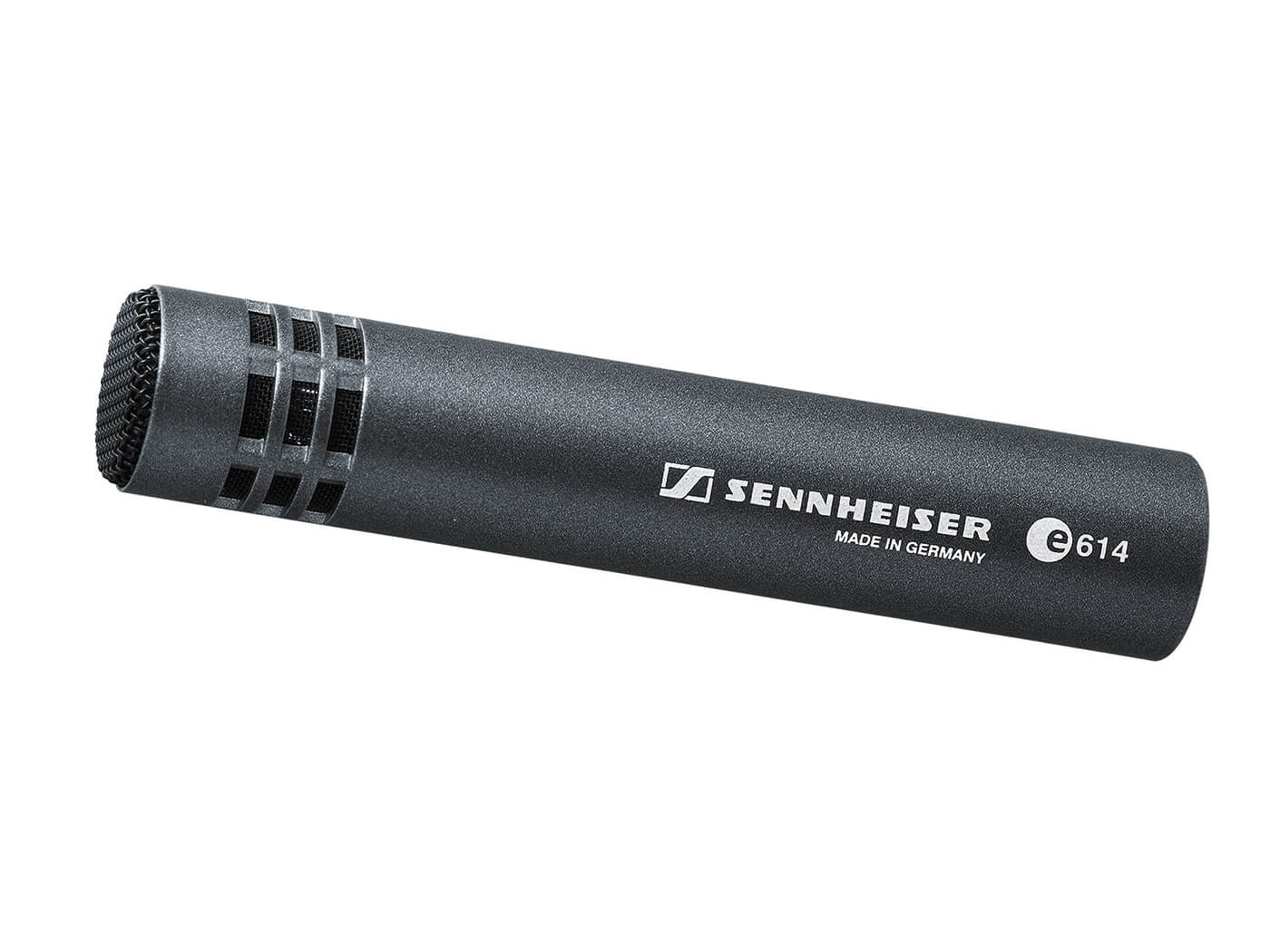
Sennheiser e 614 £151
The Sennheiser e 614 is a pre-polarised condenser microphone with a super-cardioid polar pattern. Equivalent noise level (A weighted) is 24dBA; however, no figures are quoted for signal-to-noise ratio. Scant information is available regarding the mic’s internal components, but Sennheiser states that the e 614 has been designed to handle high SPLs, making it suitable for loud drums and other percussion mic’ing, though the quoted maximum SPL of 139dB isn’t the highest in the group. Besides drum overheads and other percussion, acoustic guitar, strings and woodwind are suggested applications. Sennheiser’’s ‘e’ range is extensive, comprising 17 different models to capture every type of audio source. Included in the package is a mic clip and storage pouch.
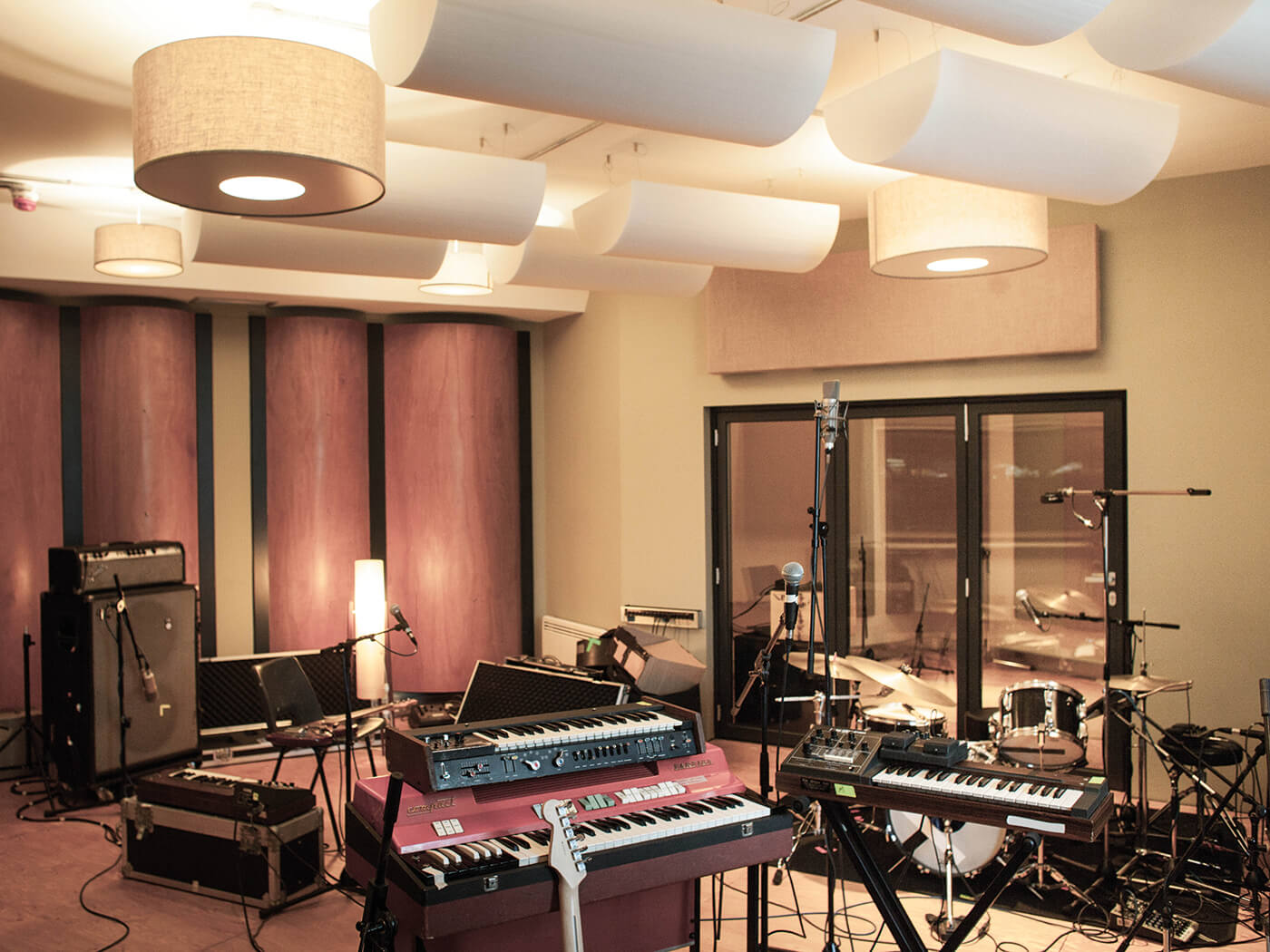
Testing time
It should come as no surprise that none of these low-budget microphones are in the same league as our reference Neumann KM 84i, although a couple of our shootout mics did punch well above their weight. For context and perspective, the KM 84i has a beautifully smooth, evenhanded response throughout the frequency spectrum. There are no nasty peaks and sounds are captured with fine detail and superb articulation; its performance is almost impossible to fault.
Now, for the results of the shootout. Our fourth-placed microphone is the Sennheiser e 614. Unlike the AT, the e 614’s performance improves as the frequency points rise. The top end is quite clean, capturing transients crisply, which makes it well suited for percussion such as tambourine and shakers. It also performs well on strummed acoustic guitar, particularly in a busy mix where much of the bottom end is filtered out to create space. There is a hint of a midrange whistle; however, it’s below this point where things become a little cloudy.
A degree of muddiness in the lower midrange accentuates frequencies that many would choose to reduce, meaning users will be frequently reaching for the EQ, especially on fuller-bodied sources such as piano, brass and some stringed instruments. The bass frequencies are on the woolly side, too, so be prepared to engage a high-pass-filter and select a different mic when a firm bottom end is desired.
Now for the podium places and our bronze-medal winner is the RØDE NT-5. This mic displays a bright character with an expansive-sounding midrange. A slight honk in the mids reveals the NT-5’s budget status, however the upper frequencies are extended, highlighting the air and space surrounding audio sources.
If we are being really critical, it has a slightly scratchy character and lacks a touch of warmth, though this could be advantageous with percussion and other top-heavy sources. Detail and insight are qualities many will love about the RØDE and its excellent transient response makes for a precise presentation. Those who might complain that it doesn’t fully capture the low-end heft of a double bass will be better off choosing a different mic.
The silver medal is awarded to the Lewitt LCT 140 Air. Tested flat, without the added ‘Air’ top-end lift, this microphone is all about the midrange. The broad midrange response is beautifully smooth, with the right amount of bite and body and no nasty resonant artifacts. This smoothness is also noticeable in the high frequencies, which do not make themselves obvious unless the Air switch is engaged. The low end is slightly rolled off; however, the response is warm and – here’s that word again – smooth.
There is a refinement to the LCT 140 that’s lacking in the mics rated below it and is quite remarkable for the price. Of all the microphones tested here, this one sounds the most neutral and natural on the human voice, making it a great choice for singer-songwriters who might wish to overdub a vocal to a previously recorded acoustic-guitar track, for example. Although it’s not in the same league as our reference KM 84i, the LCT 140 will hold its own up against more costly mics, some of which lack the classy midrange on offer here.
It was a close-run race between this and the winner of our shootout, however there can be only one gold medal awarded and we have to hand it over to… The sE8. Winning by a whisker, the superior low-end response ultimately tipped the balance in favour of the sE8. It both sounds and feels like a far more expensive microphone and is closest of all the contenders to the quality and character of the KM 84i.
Beautifully balanced from top to bottom with no unwanted resonances, the sE8 has a slightly dark character that lends itself to a subtle lift in the super high-end with a quality equaliser. Rich and musical throughout the broad midrange, the sE8 isn’t quite as detailed as the KM 84i, however, that means it doesn’t suffer from an over-exposed or detached treble response, like some of the other mics in this contest.
As indicated, the sE8’s low-end response is easily the best on offer here, sounding firm without any thump or wooliness, while the bass integration with the low mids is seamless. Transient response is also superb, which adds to the realism and natural presentation. Perfect for acoustic guitar, piano, brass and strings, the sE performs brilliantly to professional standards and is a deserved winner of this contest.
In the next shootout, we’ll take a look at some more expensive small-diaphragm condenser mics before exploring other types of microphone. Will any of them give our Neumann KM 84i a real run for its money?
Small-diaphragm condenser versus large-diaphragm condenser
Small- and large-diaphragm condenser mics differ in several ways. Small-diaphragm mics are usually pencil shaped (often referred to as pencil mics) and addressed from the front. Conversely, large-diaphragm mics are addressed from the side and often offer two or more polar-pattern options. Technically, large-diaphragm mics measure better in relation to self-noise. However, in most other respects, small diaphragms offer superior performance.
The main advantages of small over large diaphragms are their extended high-frequency response and faster transient response, more accurately following sound waves. They also have a more consistent pick-up pattern across the entire frequency range.
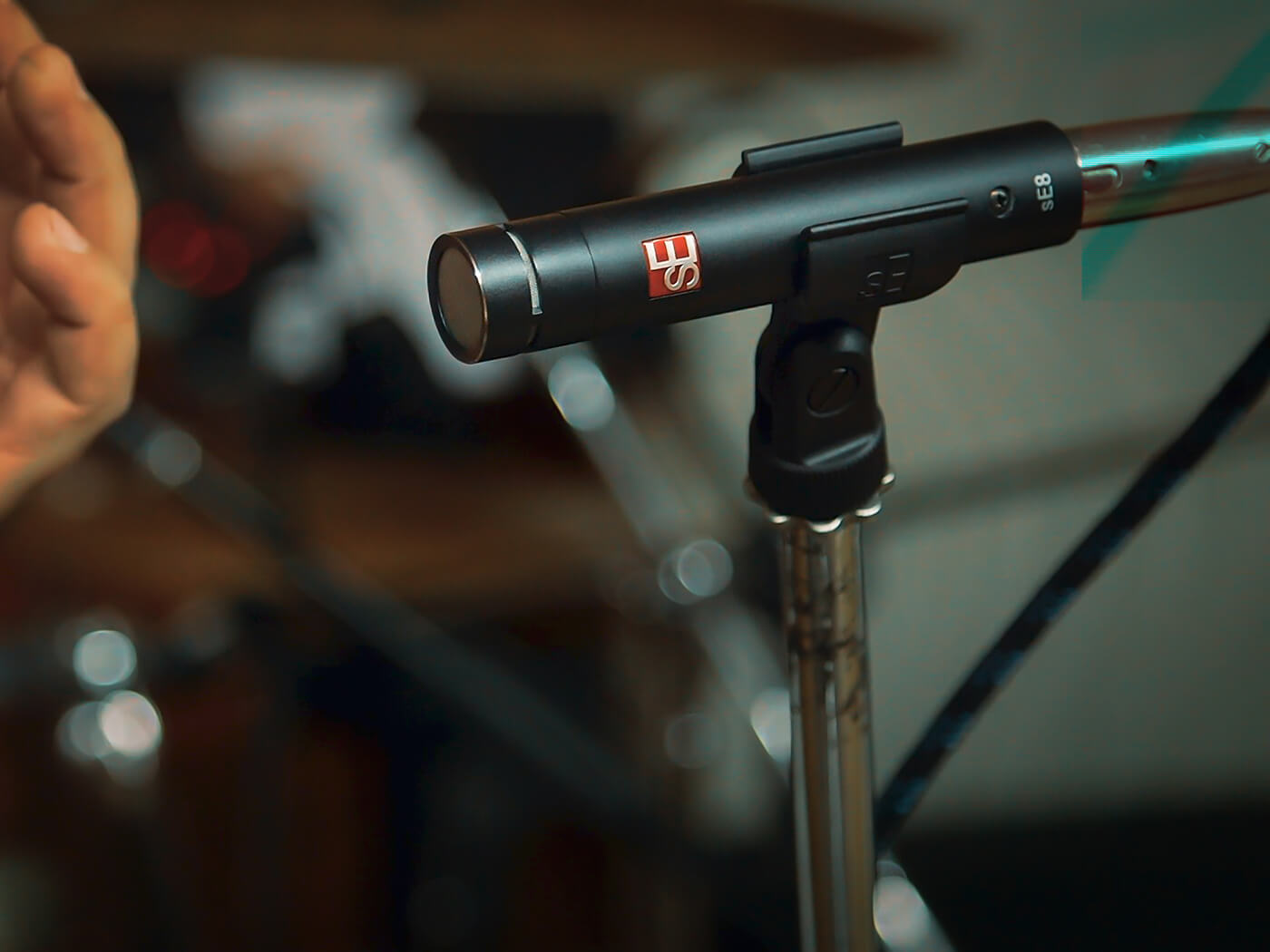
Large-diaphragm mics often have a more characterful, ‘larger than life’ sound, which flatters vocalists, for example. They also tend to perform better with bass-heavy sounds, although the very best small-diaphragm mics generally have a more even low-end response.
Top-quality small-diaphragm mics major on accuracy rather than flattery, making them the first choice of many classical-music engineers. In pop music recording, however, where accuracy isn’t always a priority, a small-diaphragm mic will often be the better choice for acoustic guitar and piano, where the initial transients will be captured more crisply. This quality also makes a small-diaphragm mic ideal for percussive sounds. A decent small-diaphragm condenser mic – such as the best in this test – is an essential item for any serious microphone collection.
Open the session
Want to hear all of the mics and how they sound against the Neumann KM84i? Just set up a free BandLab account to open up the session, then Fork the track and open it in your account to flip back and forth between different mics. Check it out here!
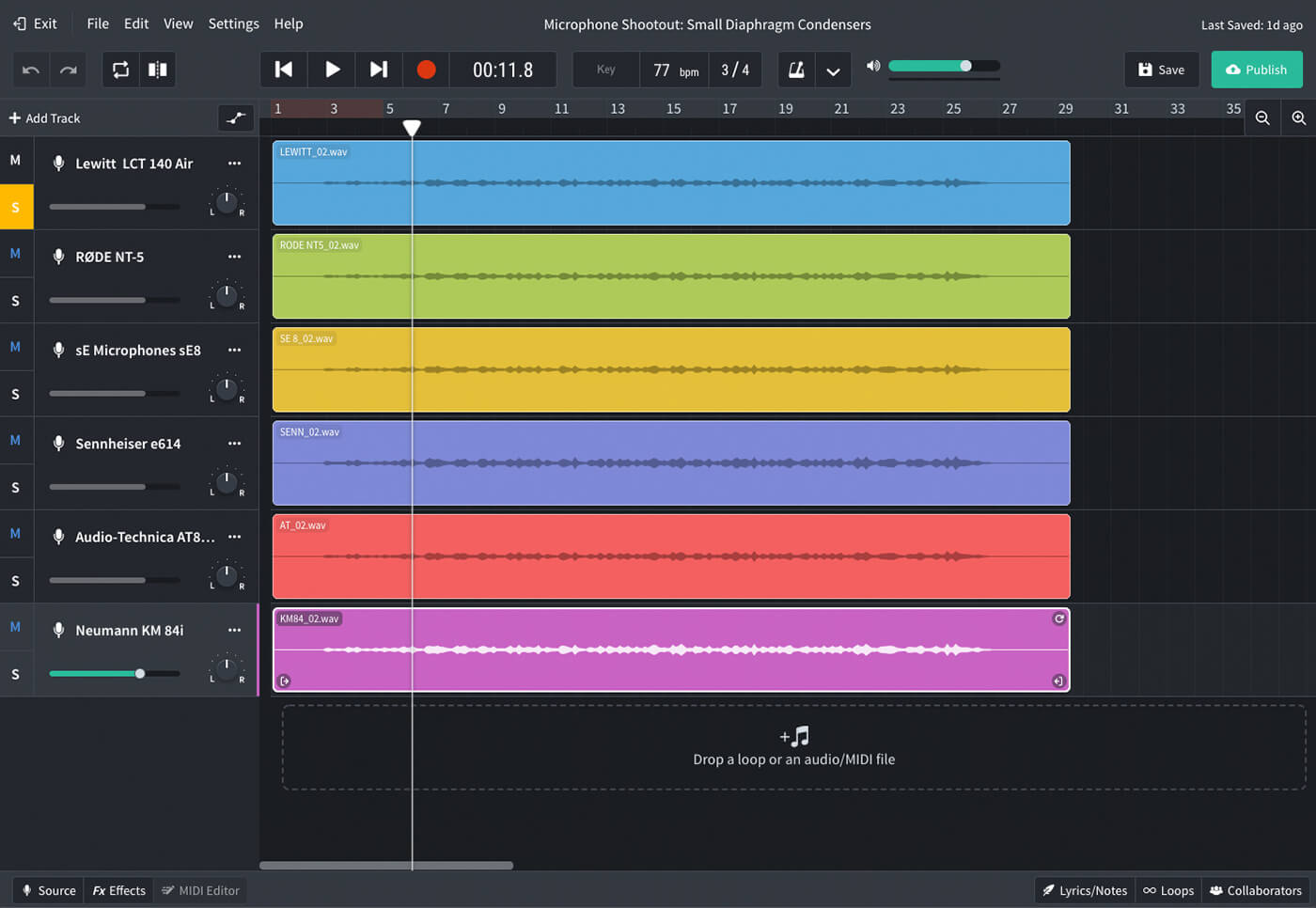
For more essential guides, check here.